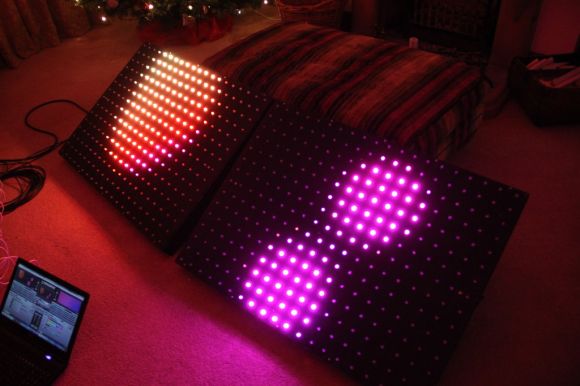Cool technology often comes at a cost, and it’s not always that this cost is justified. For instance, [Rainfay] tells us about how the the ArtNet protocol’s odd design choices are causing incompatibility with certain Ethernet switches. ArtNet is a protocol for lighting control over DMX-512 – simply put, it allows you to blink a whole ton of LEDs, even literally. Unlike DMX-512 which can use different physical mediums, ArtNet uses Ethernet, taking form of the usual kind of network packets – and it does seem to do a great job about that, if it weren’t for this one thing.
For some reason, ArtNet connections are required to use the same destination and source port – unlike the usual network traffic, where the destination port is protocol-dependent and the source port is randomized. This behaviour violates RFCs, and not just in an abstract manner – such behaviour is indicative of certain kinds of attacks, that switches on the smart side are able and are supposed to prevent. As a result, ArtNet traffic actually triggers some protections on switches at the fancier end, specifically, so-called BLAT protection.
In short, if your ArtNet stream is mysteriously not going through and your switch is on the fancier side, [Rainfay] says you might need to disable some security mechanisms. Sadly, as she points out, this problem isn’t even a direct consequence of some inherent property of ArtNet, but merely a consequence of a bizarre design choice. Once you’re done disabling protections, however, do check out some ArtNet projects for inspiration – it’s a genuinely useful protocol supported in a ton of fancy software, and it might be that you want to use it in the firmware of your RGB strip controller board!













